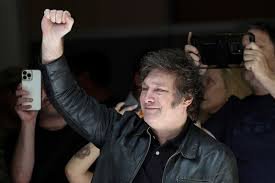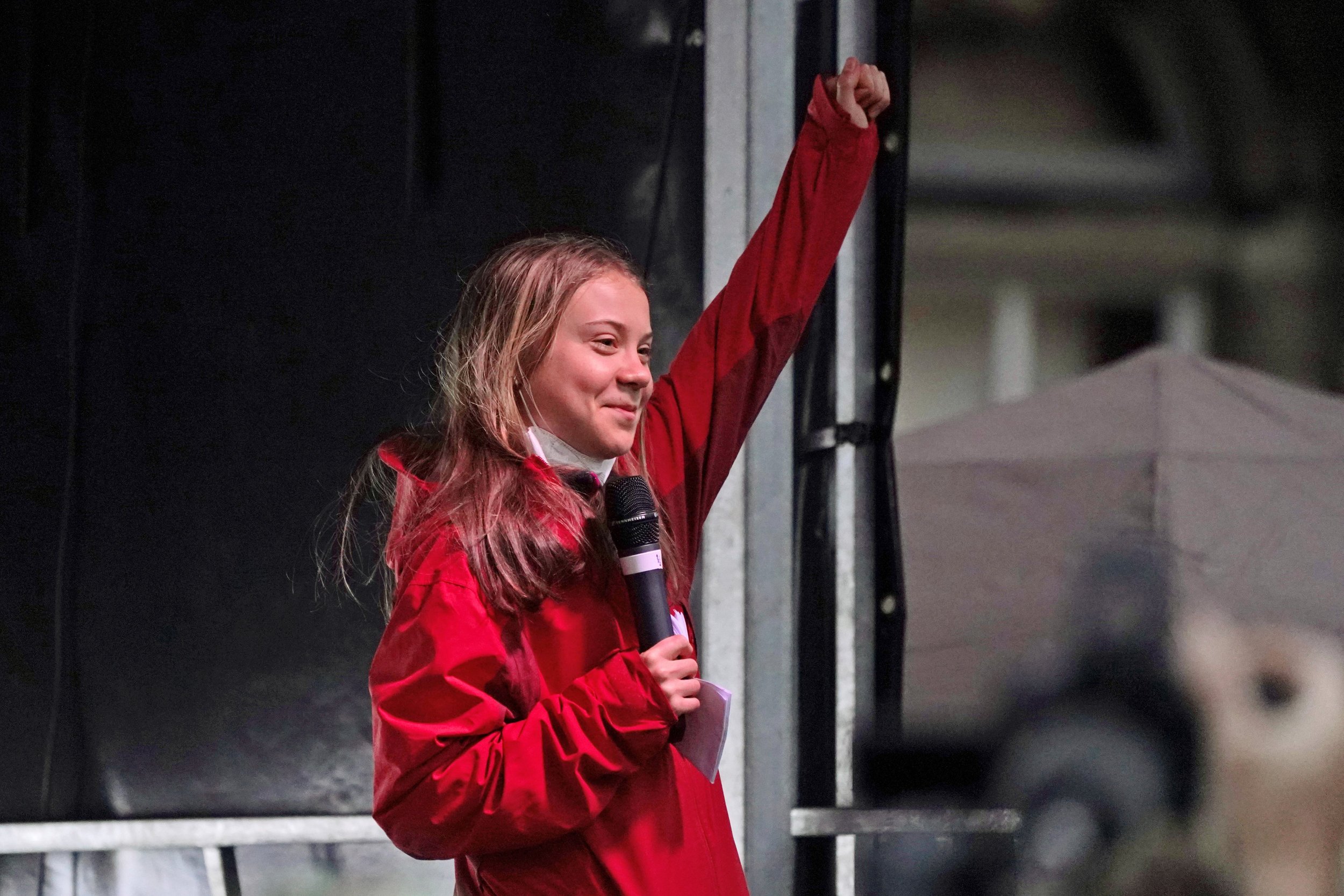Populismus - using dance as a means to express the subject Populism.
As I reflect on the message behind my creation two things stand out. Both were important as I created the piece and both have a very powerful effect.
The first is the body language of populists. It is something that I really wanted to explore and connect with. A lot is said and analysed in regards populists rhetoric. Their words and the simplicity of their slogans as well as their sense of performance and show. The less highlighted yet equally important part, is the power of their physical gestures and the movement they use. These are the bodily symbols of their identity - symbolism, simple and clear. These gestures, captured in photos and icons, send pictures (and now videos in this TikTok age) around the world. They are used to connect with their followers and give physical meaning to their words.
As I started working on the piece, I collected pictures of populists making speeches and photos of them with crowds, looking at their mimicry. No matter what the cause, there are so many similarities in body language in both left and right wing politicians, as well as diverse political movement like Black Lives Matter or Fridays for Future.
Football Fans
BLM
Trump
Sanders
Milei
Greta
My belief is it comes back to the emotionality that is connected to physical posture and its power. I was at a football game two weeks ago and there again you see the same gestures among fans, the connection combined with chanting and attachment that all heighten the emotion!
How do you put these gestures into a dance piece? You use them and bring them to life.
The second thing that stood out: is how populism and its gestures creep up on us.
Context really matters. A gesture in its first instance can be fun, considered an “in joke”. Repeat the gesture often enough and it becomes a habit. The habit can quickly become a part of an identity, a rallying call that then gets assigned a much larger meaning.
Take the moment of a fist pump. It may be a movement you do to express joy at your football team winning. Something that happens regularly. Stand the same fans in front of an opposing group, the same movement becomes a show of strength at a rally. It is also used as a symbol of defiance in standing your ground or a symbol of anger at injustice and fight. The same effect can be seen at political rallies.
A moving example of body language and this effect is a simple march. In being together it can show a group in harmony. In a parade it shows pride and joy. Give it a darker colour and dynamic and it becomes a force to be reckoned with. Create an external threat and it is force of protection. In extreme conformity, one misstep in a march may be the end.
All these movements and gestures feed on our love of familiarity, simplicity and the connection that is created as we do them together.
To the context, the big question is: Who really has control over a movements narrative?






